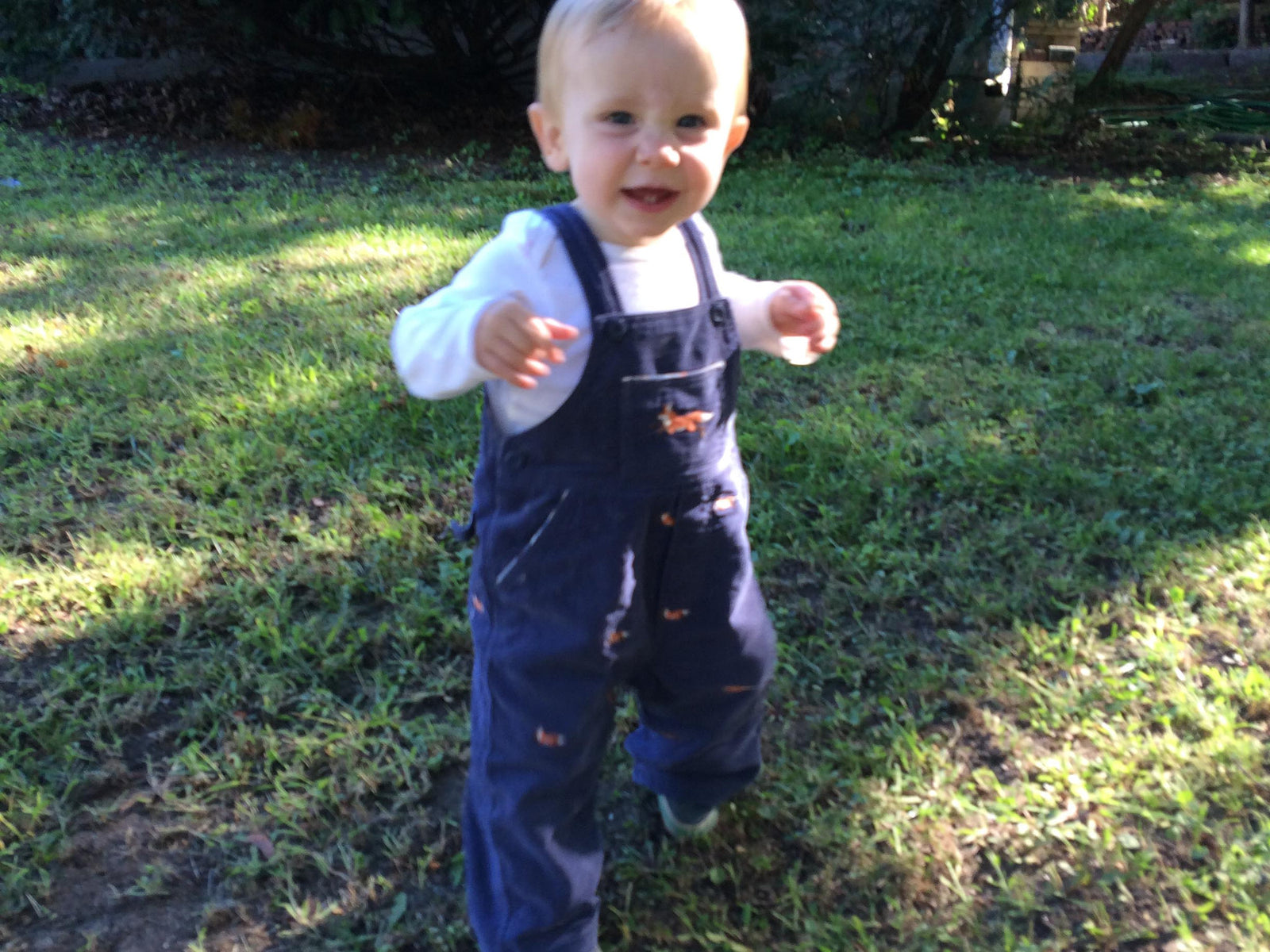
POST BY MATILDA HYNES, PHOTOGRAPHY BY JOCIE ORANGIO
Makerspaces, hackerspaces, and tech labs ... these terms are gaining attention for the refreshing emphasis on creativity and hands-on building skills in communities across the country. Schools, libraries and cities are developing centers equipped with computers, laser cutters, 3D printers, sewing machines and other tools for those interested in making things. These spaces are encouraging the formation of new generations of innovators and making it fun and cool to create!
But when you think about it, the concept of “making” isn’t really new. Kids are natural "makers" and we parents were makers, too (some still are)! Did your parents ever get a new refrigerator and let you play with the huge box? What about plain blocks that didn’t connect so you had to figure out a way to build without them falling down? You made your own paper dolls, sticks became swords and capes were made from pillow cases.
The point is the skills gained through making things are the same now as they have always been. They are foundational skills upon which comprehension and literacy are built and you can’t get them from staring at a screen.
So, here are some ideas for an at-home DIY makerspace that you probably recognize from your childhood:
1. Play dough – homemade or brand name doesn’t matter. Hands-on play is vital for children and moldable clay strengthens fine motor skills. Besides creating 3D objects, have your kids experiment with blending colors. Work a bit of red with some blue and see purple form before their very eyes.
2. Building sets – Wood blocks, Duplo and Legos, erector sets and tinker toys. There’s no end to the wide range of building toys for all ages. Good beginner building sets may provide simple directions, but there should be plenty of room for improvisation and the user should be able to see how it fits together, including any moveable parts.
3. Boxes and cartons– cardboard boxes and tubes, egg cartons, popsicle sticks, straws and take out containers. Give the recycling can a break and hang on to a few of these staples. Cardboard is sturdy and also easy to bend and cut. Use containers for construction or for storing small odds and ends. Shadow boxes or gingerbread house prototypes – the possibilities are endless.
4. Newspapers, magazines and catalogs – keep on hand for paper mache projects, collages and other designs. Put a spin on art by collecting similar colors and shapes to use in unique ways. Need inspiration? Carin Berger is an award winning illustrator and author who uses ordinary scraps of paper to create beautiful artworks. From simple scenes to elaborate portraits, collages invite a wide range of ages and abilities.
5. Paints and crayons – finger paints, water-color paints and crayons. These tools provide multi-sensory engagement. When the child presses hard or uses a lot of one color, they immediately see the effect, likewise if they scribble lightly or go out of the lines. Inkless markers and self-coloring activity books may be less messy, but are duller actions in comparison. Sometimes old school is the best school.
6. Blankets and pillows – the makings of an indoor tent or fort. Depending on your children’s ages, you may need to help during set up. Be sure to establish some ground rules, like what can and cannot be used to hold up blankets (stay away from breakables!). Otherwise, it’s a good challenge for them to build something that will stay up. Oh, and don’t forget that refrigerator box. Everyone likes a good hidey hole.
7. Fabric scraps, embroidery threads, strings and ribbons – instead of throwing out gift adornments, get a box to save ribbons, bows and tissue paper. Outgrown or bleach-stained clothes can be saved for projects. You don’t need an expensive sewing machine or even a cheap one to experiment with textiles. Fabric glue, staples and a basic needle and thread—all with proper supervision—can get the job done.
8. Miscellaneous construction materials– popsicle sticks, pipe cleaners, straws, wire ties and wire hangers, balsa wood and different types of tape and glue. Think less “junk drawer” and more “drawer of raw building materials.” Don’t throw out extra garbage bag twist ties or random plastic utensils. You never know what might make a bridge strong enough to hold up a dozen toy cars.
There is no substitute for hands-on learning. Crafting corner, home lab…call it whatever you want, but a space for making is what children need.
Want more info on makerspaces and the Maker Movement? Check out these resources:
Also look at these two articles about the Maker Movement and its impact on the future U.S. Economy from TheGrommet.com (a truly inspirational endeavor).



